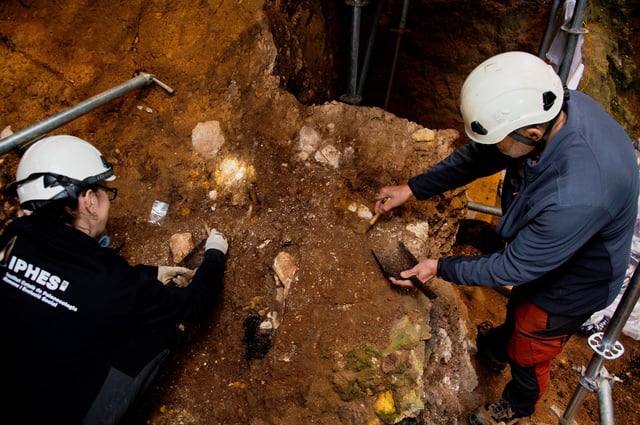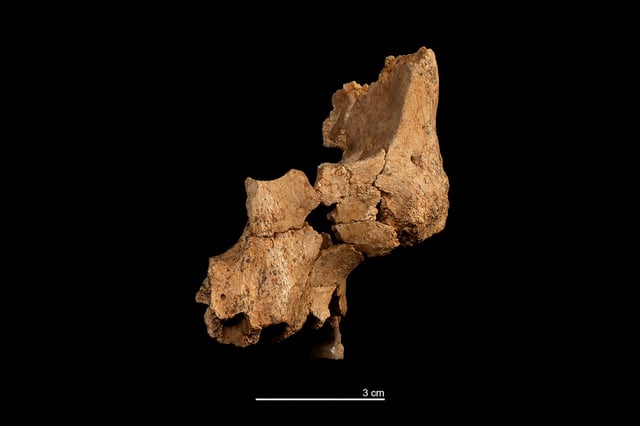Overview
- Fossil fragments of a face, nicknamed 'Pink,' were discovered in 2022 in the Sima del Elefante cave in northern Spain and dated to between 1.1 and 1.4 million years old.
- The remains belong to Homo affinis erectus, a species closely related to Homo erectus, marking the earliest evidence of humans in Western Europe.
- This finding challenges prior assumptions that Homo antecessor was the first human species to inhabit the region, suggesting multiple hominin groups coexisted in Europe during the Early Pleistocene.
- Artifacts found alongside the fossils, including stone tools and animal bones with cut marks, indicate basic tool use and meat processing by this population.
- The discovery offers insights into early human migration routes, with researchers debating whether populations arrived in Europe via the Strait of Gibraltar or through the Dmanisi region in modern-day Georgia.



